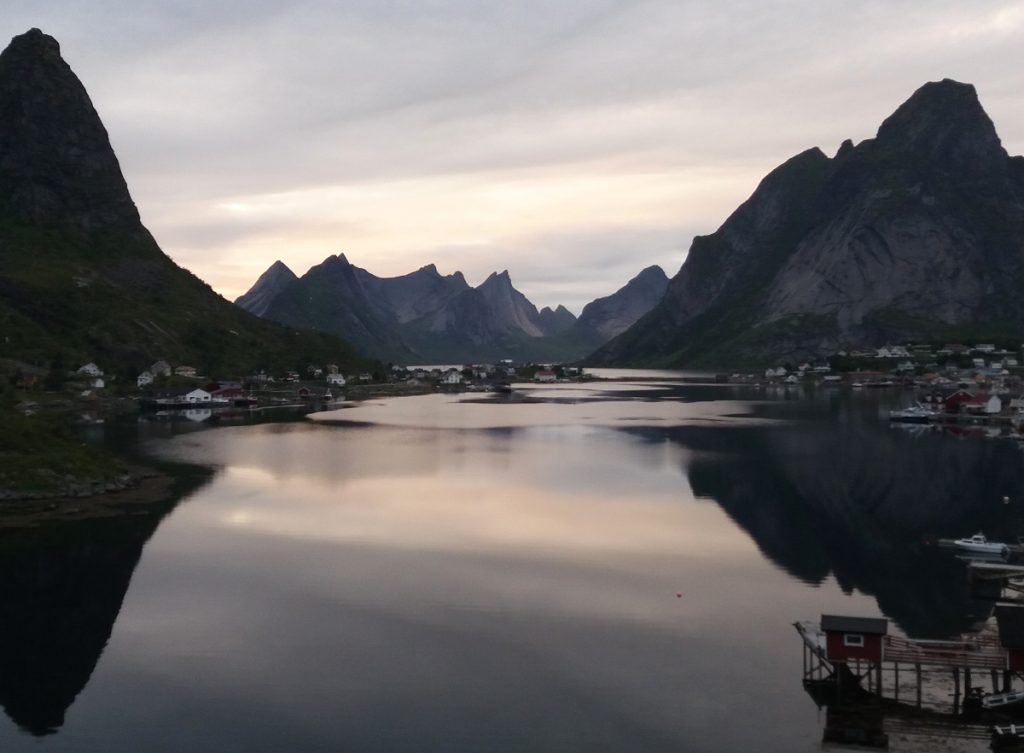In the wake of the Covid19 situation, NordlightX has decided to propose special ‘social distance’ cruises to its Scandinavian guests. Our collection of cruises in the Lofoten and Steigen area offers:
– a unique selection of secluded and ‘off the beaten track’ moorings and anchorages to minimize risks;
– private boat cruises only;
– quarantined captain and cook.
We will also pay particular attention to the food aspect, and we will also offer 2 gourmet and wine tasting cruises offering Italian and French cuisine (for 2 guests max)

Vessels:
for up to 3 pax Swan 44 ‘Cadeau’, Check the latest on the Facebook Page
for up to 6 pax Atlantic 51 ‘Efri’
Programs and costs Swan 44 Cadeau
Sail and Hike in the Lofoten and Steigen area, 120 euros per person per day, plus expenses. Maximum 3 guests (or 2 adults and 2 kids). Second kid does not pay.
Special gourmet and wine tasting cruise, 3600 euros for 2 passengers, including wines., Lofoten and Steigen areas
Complete itineraries
https://nordlightx.com/sailing-steigen/
https://nordlightx.com/sailing-the-lofoten-archipelago/
Contact for more info: explore@nordlightx.com

Notes on Steigen
Leaving the mainland at Kjerringoy the N-bound sailor meets the first islands of Steigen around Vettoya in less then a couple of hours. In doing so he rarely looks east, where a system of hundreds of miles of almost desert fjord begins, an area seldom visited and deserving just a week of its own. Vettoya, small and completely desert, has a beach that can take breath away, and its just the first of a series of island and islets guarding a team of several high promontories protruding into the Vestfjorden for 30 miles of so. The resulting sequence of beach, island, channel, cape and so on and on is a kaleidoscope of picture perfect views where one is just happy to be alive. But the coast is dotted with tiny villages, churches, cottages and small ports. But the linear extension of coastline packed into these 30 miles is so abundant that the general impression is to be always alone. Which is a sure fact sailingwise, as one will never be tempted to use the radio for communications, as the only floating thing one meets is the regular fast ferry service.

The sail continues north and a stop at the island of Maloya is a must. Rather low but with a triplet of steep hills to offer a pleasant hike and a better view, the island is surrounded by white beaches and welcoming coves. A walk up the hill, a picnic in blueberry fields, a book watching the boat anchred and mountains in the background, that is perfect marketing.
The next capes defend the island of Engeloya, which has two starkly different sides. The western mountains, high and steep, precipitate in a mindboggling mix of islets, beaches and channels which can probably offer the biggest anchorage area of the vicinities. The eastern side is lower and pastoral, with a small and a bit run-down port, aptly named Rotness, surrounded by green pastures and low hills. The northern cape of Engeloya ends in a series of channels and islets called Brunvær and protected with the status of National Park, basically an extremely large and blue swimming pool surrounded by rocks and white beaches. These geographical ensembles of islets protecting sheltered seas are called vær in Norwegian, fishing village or centre, but the same word indicates, interestingly, weather.

Notes on Lofoten
The Lofoten archipelago is a young mountain chain of wild and courageous peaks which sinks dramatically into the North Atlantic Ocean from the coast of Norway well above the Arctic Circle. Its geographic exuberance charms sailors and climbers alike. A handful of bigger islands delivers abundant verticality, while a galaxy of islets, coves and rocks provides endless excitement to those sailors and fishermen who search here the romanticism they need since the dawn of ages.
It’s not kindergarten sailing. The west coast is swept by frequent gales and almost incessant swell, while the Vestjorden side is seldom less entertaining with its currents, southwesterlies and rocks. Calm seas must not be expected, although they do happen, brightening the days with amazing views and breathtaking scenery. This is where the word Maelstrom come from, more precisely from the passages between Moskenesoya, Vaeroy and Rost. And the Vikings has been using the word Fallvind well before the English started using Williwaw to describe strong and hell-bound gusts from steep mountains. The same capricious nature provided abundant shelter and even more abundant cod, and the sailor is rewarded with bomb-proof and picturesque ports strategically placed where most needed, including the west coast. Which, by the way, is also blessed by such a maze of skerries and islets that render a cruise around the Lofoten a unique experience.





